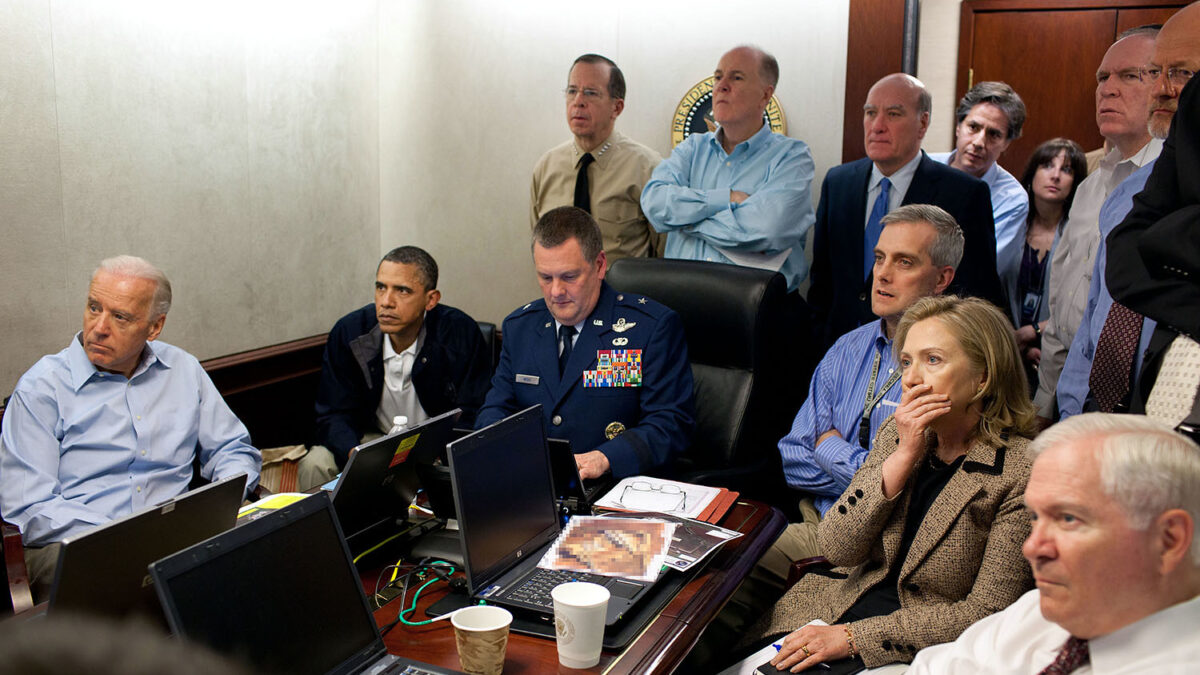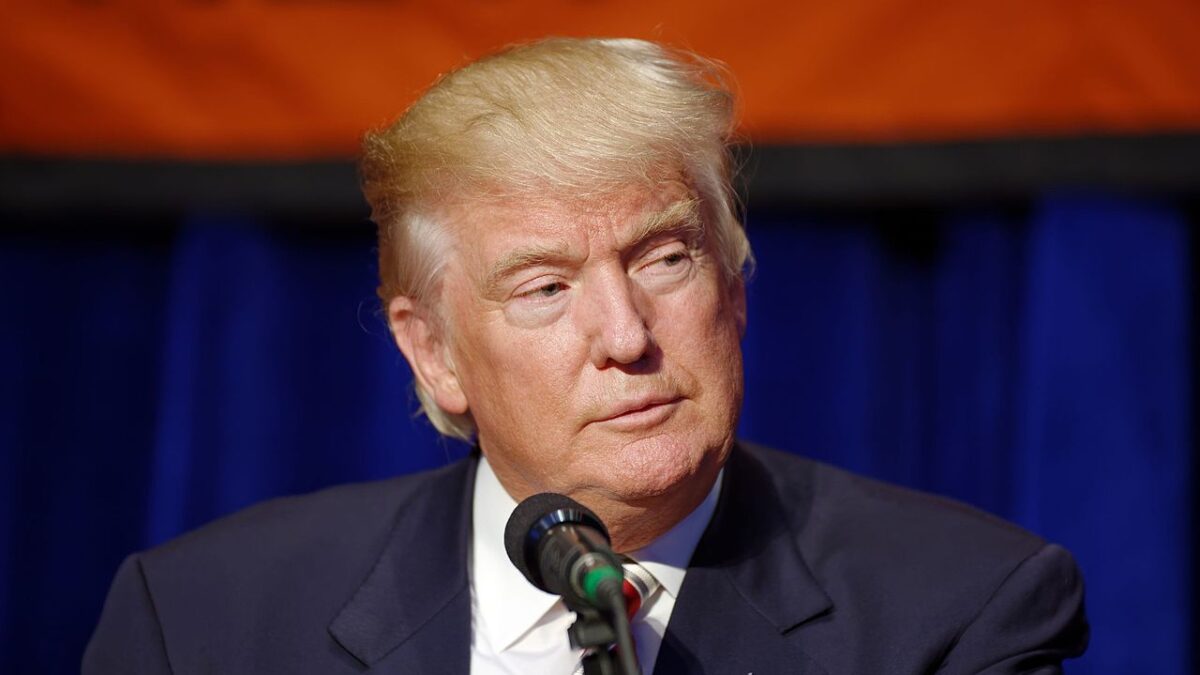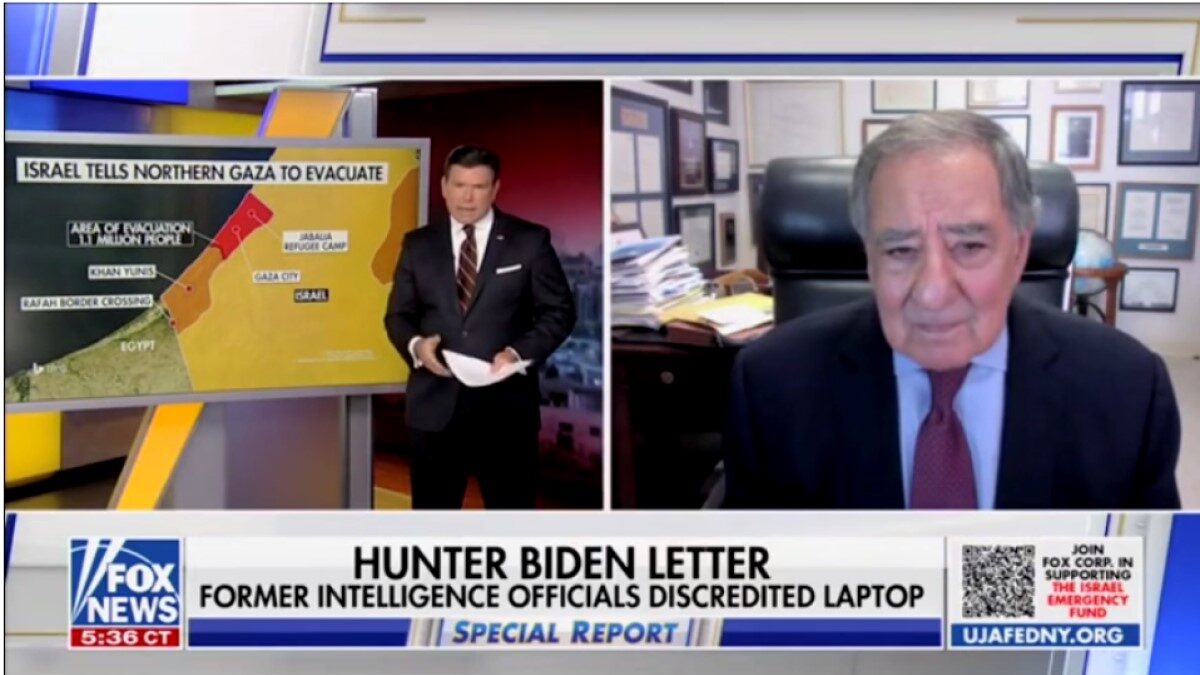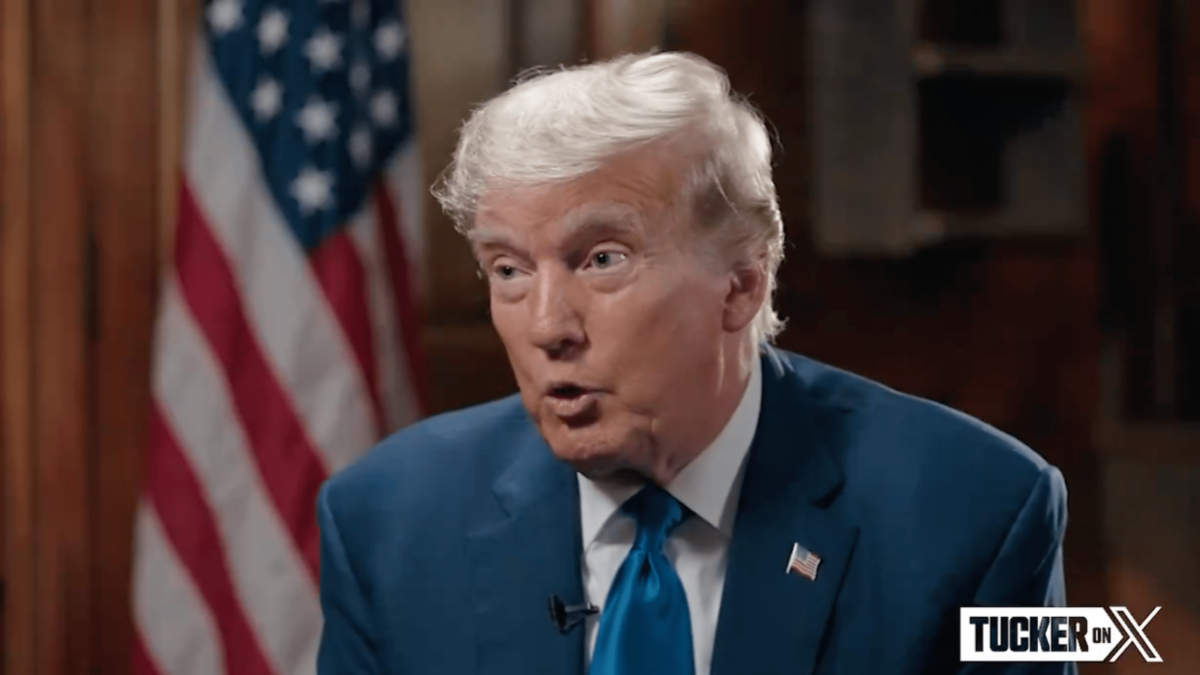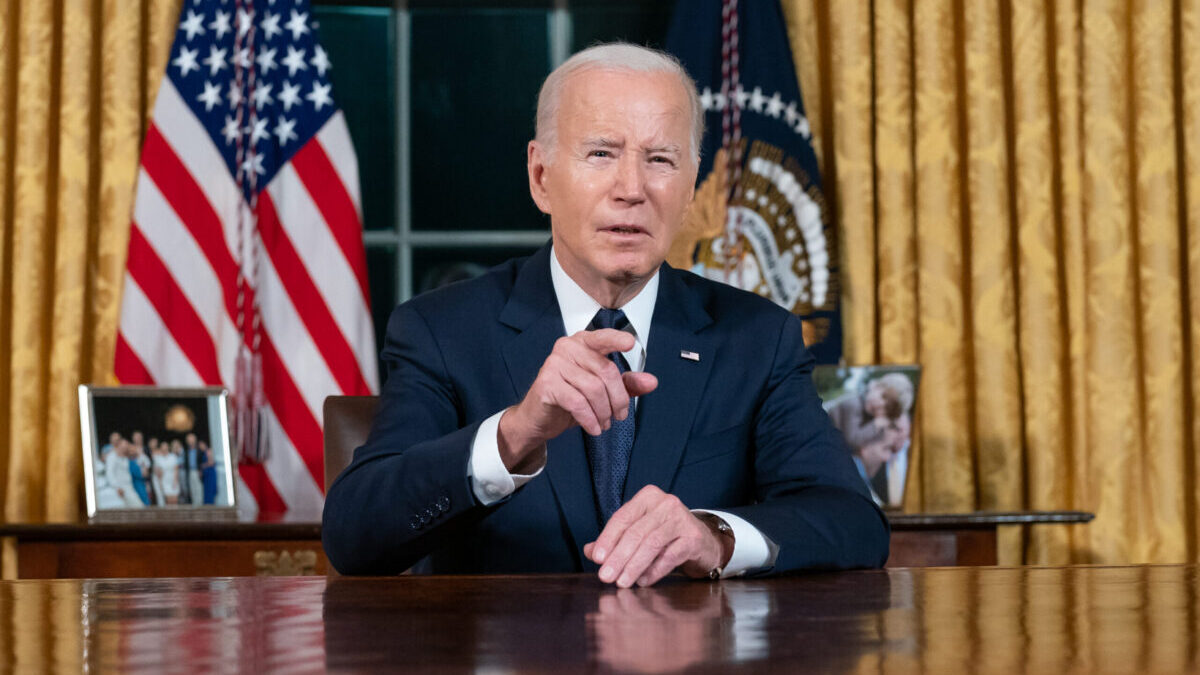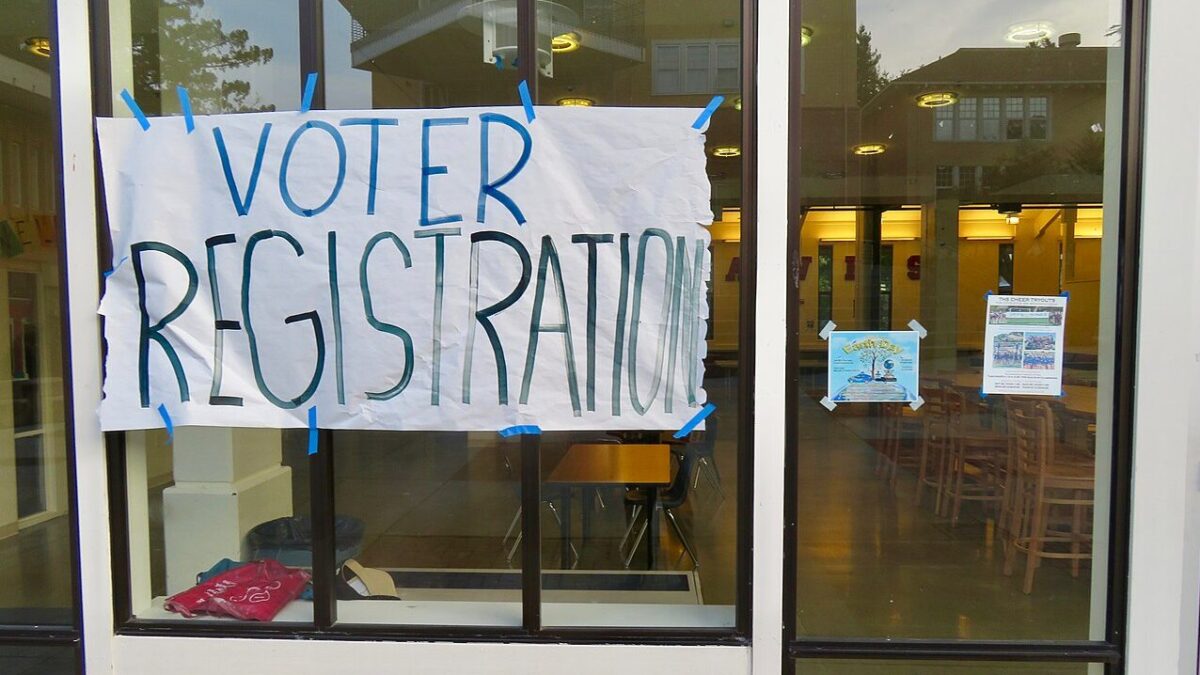
Shortly after Inspector General Michael Horowitz released his report detailing the government’s egregious abuse of the Foreign Intelligence Surveillance Act, Rosemary M. Collyer, the presiding judge of the FISA court, issued a rare public order demanding answers.
Today is the deadline Collyer set for the government to “inform the Court in a sworn written submission of what it has done, and plans to do, to ensure that the statement of facts in each FBI application accurately and completely reflects information possessed by the FBI that is material to any issue presented by the application.”
The Department of Justice’s response will surely promise amends, as it should; the FISA abuse was inexcusable. Collyer was rightfully outraged at the government’s misconduct because, as her order stressed, the FISA court assesses whether probable cause exists to justify a surveillance order based solely on the information provided by the government. But that the DOJ swore out four fraudulent FISA applications does not excuse the FISA court for its own culpability—and from the IG report’s analysis, it appears that the secret court is far from blameless.
The FISA Court Is Complicit In the Abuse
While the IG’s 478-page report includes many damning details, the following passage indicates that the FISA court abdicated its responsibility of providing “an external check on executive branch decisions to conduct surveillance” in order “’to protect the fourth amendment rights of U.S. persons.” This paragraph describes how the government described their sources to the FISA court:
The final application submitted to the FISC contained a description of the source network that included the fact that Steele relied upon a Primary Sub-source who used a network of sub-sources, and that neither Steele nor the Primary Sub-source had direct access to the information being reported. The drafts, read copy, and final application also contained a separate footnote on each sub-source with a brief description of his/her position or access to the information he/she was reporting. The Supervisory Intel Analyst assisted the case agent in providing information on the sub-sources and reviewed the footnotes for accuracy. According to the [Office of Intelligence] Attorney, the application contained more information about the sources than is typically provided to the court in FISA applications. According to [the Deputy Assistant Attorney General, Stuart] Evans, the idea was to present the source network to the court so that the court would have as much information as possible.
From this paragraph we know that the FISA court was expressly told that neither Christopher Steele nor his primary sub-source were the actual sources of the information included in the FISA applications. Instead, the FISA applications made clear that Steele and his primary sub-source were repeating information other individuals told them. And it appears from this passage that the only additional information provided to the court concerned a sub-source’s “position” or “access to the information” on which he was reporting.
Further, there appears to be no assertion in the FISA applications that the sub-sources were reliable. (Even if the FISA applications professed the reliability of sub-sources, “courts hold that conclusory statements that informants are ‘believed to be reliable sources,’ ‘standing alone without any supporting factual information, merit absolutely no weight and that information obtained from a reliable source must be treated as information obtained from an informant of unknown reliability.’”) Instead, the FISA applications focused on Steele’s supposed reliability.
But as a legal matter, that is not enough: Even though the probable cause threshold is low, “an untested, unidentified informant’s second-hand report” does not “clear the bar.”
Hearsay Is Not Admissible in Legitimate Courts
Former federal prosecutor Andrew McCarthy was the first to highlight this legal defect, explaining that “in applying for a warrant, the government must establish the reliability of the informants who witnessed the alleged facts claimed to support a probable-cause finding. Steele was not one of those witnesses. He is not the source of the facts. He is the purveyor of the sources — anonymous Russians, much of whose alleged information is based on hearsay, sometimes multiple steps removed from direct knowledge.”
McCarthy pegged the problem: Steele’s “intel” was based on primary sub-source 1’s hearsay, and that was multiple steps removed from direct knowledge, as the IG report revealed: “the Primary Sub-source explained that his/her information came from ‘word of mouth and hearsay;’ ‘conversation that [he/she] had with friends over beers;’ and that some of the information, such as allegations about Trump’s sexual activities, were statements he/she heard made in ‘jest.’”
Yet only one person involved in the entire FISA process seemed to have noticed this deficiency, an attorney in the FBI Office of Intelligence, who requested more information to “describe the source network in the FISA application.” According to the IG report, “on multiple occasions, the Attorney asked the FBI questions about the sub-sources, including in a September 30, 2016 email in which he asked Case Agent 1 and the Crossfire Hurricane team: ‘If the reporting is being made by a primary source, but based on sub-sources, why is it reliable-even though second/third hand?’”
That question was key! But the IG report merely noted that it “did not find a written response to this specific question, and the [Office of Intelligence] Attorney did not recall a response,” before noting the attorney said he later learned that some of the sub-sources were “‘definitely’ in a position to have had access to the information Steele was reporting,” and that they provided that information to the FISA court.
But merely being in a position to have access to information is insufficient. The government needs to establish either the reliability of its sub-sources or provide corroborating evidence, and it did neither.
How did the FISA court miss this fatal flaw? And not once, but four times! The answer seems clear: The FISA court abandoned its gatekeeper function and relied too heavily on the integrity of the government.
These Exchanges Provide More Proof
Two text exchanging involving former FBI agent Peter Strzok suggest as much. In the first exchange, Strzok told an attorney in the Office of General Counsel that “Stu is nervous,” referring Stuart Evans, the deputy assistant attorney general with oversight responsibility over the Office of Intelligence.
When questioned whether Evans would hold up the FISA application, Strzok replied, “no, but I’m concerned about how they preload the Court/court advisor.” Strzok repeated this point in a separate text exchange with a different member of the Office of General Counsel staff: “I’m worried about what Stu whispers in Court Advisors ear,” Strzok wrote. “Yeah, me too,” the General Counsel staff member concurred.
These comments suggest the DOJ held great sway over how the FISA court would rule on its surveillance application.
Also telling is what happened when the FISA court reviewed the initial “read copy,” which is basically a draft application presented to the court to allow the court to ask questions or seek further information from the government. Typically, a legal advisor for the FISA court handles this process, which is why Strzok expressed concern about “what Stu whispers in Court Advisors ear.”
In response to the read copy for the first FISA application, the FISA court’s “legal advisor asked how it was that Steele had a network of sub-sources.” According to the IG report, the OI attorney provided the court advisor additional information regarding Steele’s past employment history, presumably his work for MI6. The legal advisor then requested that additional information be included in the final application, which was done, and the court then granted the first FISA surveillance order.
The Court Is Responsible for Its Own Malfeasance
Over the next nine months, three different FISA judges granted extensions to the FISA surveillance order, not once probing the government on the reliability of the sub-sources.
For all of the DOJ’s mistakes and malfeasance, that fatal mistake rests at the hands of the four federal judges who signed the surveillance orders. They had an obligation to ensure probable cause existed to surveil Carter Page. For there to be probable cause, the government needed to establish the sub-sources were reliable, or other sufficient evidence, but the IG report makes clear the Steele dossier is the backbone of the application.
While portions of the FISA applications remain redacted, it is impossible to believe from the details provided in the IG report that the government made any attempt to establish the reliability of the sub-sources. Rather, the DOJ rested on Steele’s supposed reliability and his previous intelligence work for the United Kingdom, the latter of which the government highlighted when explaining why Steele had sub-sources.
However, as the IG report revealed, “Steele told us that this source network did not involve sources from his time as a [redacted] and was developed entirely in the period after he retired from government service.” The redacted language undoubtedly referred to Steele’s U.K. intelligence work.
So maybe the FISA court wrongly assumed Steele’s sources were the same sources the MI6 used, and then signed the surveillance orders with a shrug: “If it’s good enough for the Brits, it’s good enough for us.” We have a Fourth Amendment, though, that says otherwise.


